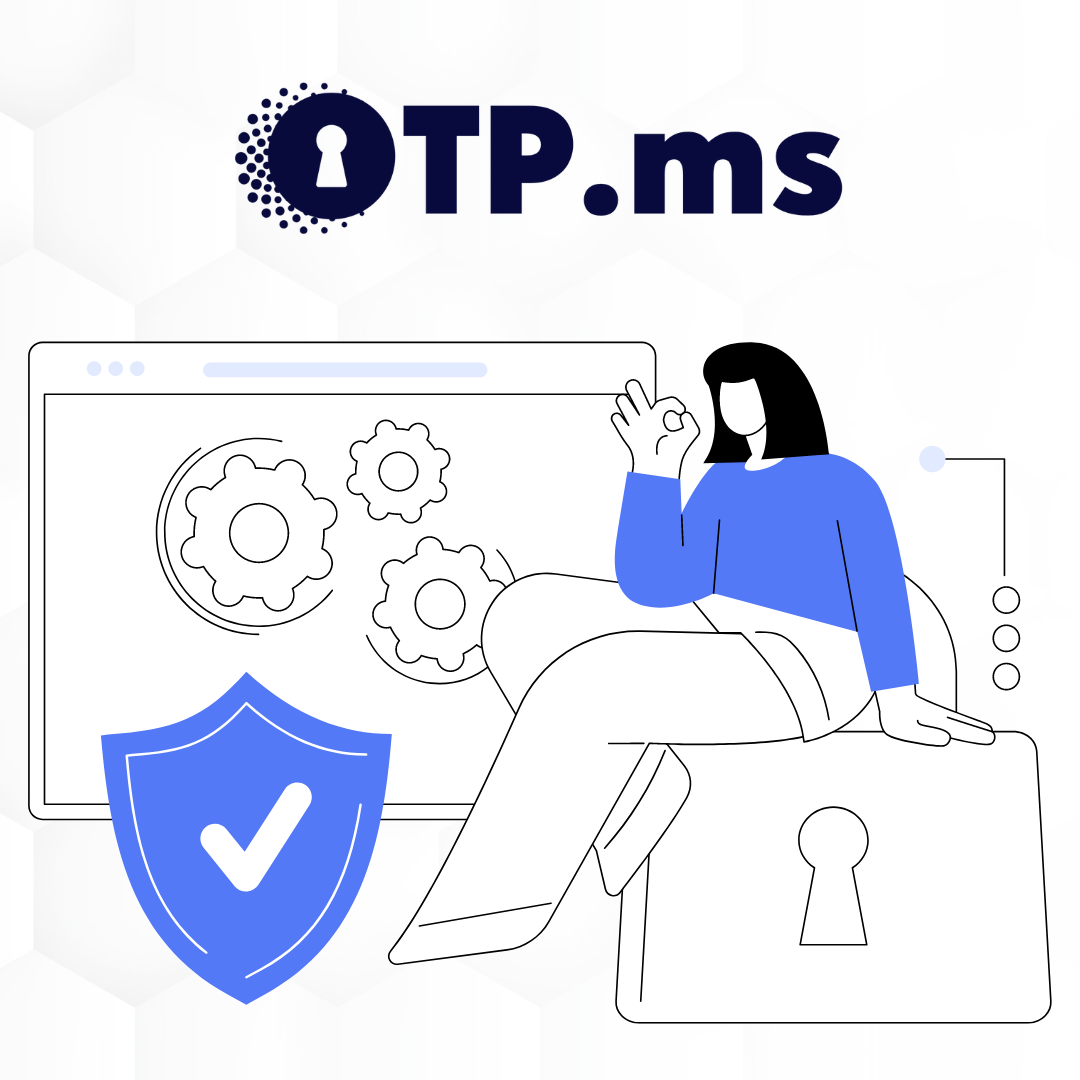Exploring Comprehensive Use Cases of OTP.ms for Managed Service Providers (MSPs)
SEON reports that 81% of company data breaches stem from poor password practices, while 80% of hacking incidents result from stolen and reused login credentials. This alarming trend, coupled with the fact that hackers have pilfered and leaked 555 million passwords on the dark web since 2017, underscores the urgent need for a robust One-Time Password (OTP) solution. Your solution? OTP.ms by RyanTech — a revolutionary tool designed specifically for Managed Service Providers (MSPs) to elevate security and compliance.
OTP.ms is a powerful authenticator app crafted exclusively for MSPs. It addresses the unique challenges of managing multiple service accounts across various customers. With dual authentication modes, users can choose between Time-based One-Time Passwords (TOTP) for continuous security or Temporary Access Passwords (TAP) for single-session access, offering flexibility to match the specific security needs of each account. This flexibility ensures that each login is secure, meeting organizational compliance requirements.
Scenario 1: Managing Multiple Client Accounts
Imagine an MSP that handles IT services for several clients, each with numerous service accounts that need regular access. Traditional password management can become a nightmare, leading to security risks if passwords are weak, reused, or not updated regularly. With OTP.ms, the MSP can generate Time-based One-Time Passwords (TOTP) for continuous security, ensuring that every login is authenticated with a dynamic password. This reduces the risk of password breaches and ensures that each client account is securely accessed.
Scenario 2: Employee Turnover
In the fast-paced world of IT services, staff turnover is a common challenge. When an employee leaves, it's crucial to immediately revoke their access to all service accounts to prevent unauthorized access. Who has time for that? With OTP.ms, admins can remove access in real time, ensuring that former employees are instantly blocked from accessing sensitive information. This real-time control over service account access enhances security and mitigates the risks associated with delayed deactivation of credentials.
Scenario 3: Regulatory Compliance
MSPs often operate in highly regulated industries where compliance with standards like GDPR, HIPAA, or PCI DSS is mandatory. OTP.ms logs every access event, creating clear audit trails that simplify compliance. This feature helps MSPs demonstrate accountability and adherence to regulatory standards during audits, reducing the risk of non-compliance penalties.
Scenario 4: Temporary Access Needs
There are instances when an MSP might need to grant temporary access to a third-party vendor or contractor for a specific task. Using Temporary Access Passwords (TAP) provided by OTP.ms, the MSP can ensure that the access is limited to a single session or a short duration, minimizing the risk of prolonged or unauthorized access.
Scenario 5: Device Security
Traditional systems often store decryptable secrets on devices, making them vulnerable if they are lost or duplicated. OTP.ms uses encrypted tokens tied to the device’s unique IMEI, preventing unauthorized access from duplicated devices. This scenario is particularly relevant for MSPs that manage a fleet of devices across various locations, ensuring that only authorized devices can generate OTPs.
Scenario 6: Cost Management
Budget constraints are a reality for many MSPs, and investing in robust security solutions can be expensive. OTP.ms offers a cost-effective solution at just $3 per user per month, providing top-tier security without breaking the bank. This affordability allows MSPs to implement a comprehensive OTP system across all service accounts, ensuring wide-ranging security improvements.
Scenario 7: Scalability for Growing Businesses
As MSPs expand their client base and manage more service accounts, scalability becomes crucial. OTP.ms is designed to handle an extensive range of service accounts, allowing the MSP to grow without compromising on security or performance. This scalability ensures that the security solution evolves with the business, accommodating increased demand seamlessly.
